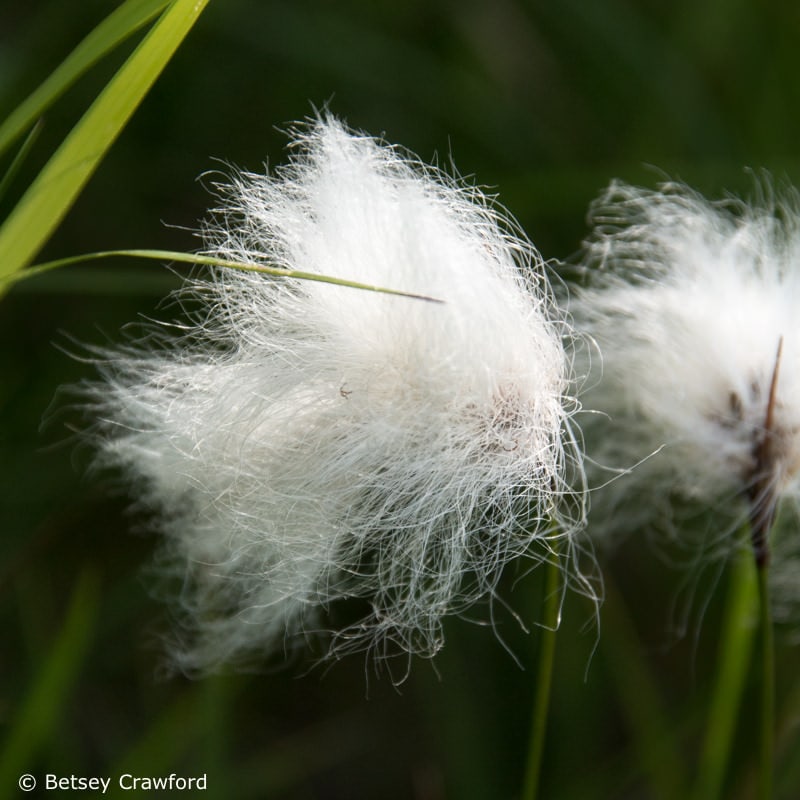
When I first thought of the title for this Halloween post, I had fun in mind: white flowers with ghostly or skeletal effects. There are those, like the cotton grass above and the trillium and others below. But the more I thought about white flowers, the more questions I had.
How did they become white? Is it a loss of pigment or a color of its own? Why are there so many of them? Depending on the region, they can far outnumber flowers in the blue to red to orange range. The many species of yellow flowers lag well behind the number of whites.
Studies show that pollinators, given a choice, gravitate toward colors. So what’s the evolutionary advantage of white? Is there one? It turns out that white flowers are full of mystery. Which is indeed fun.
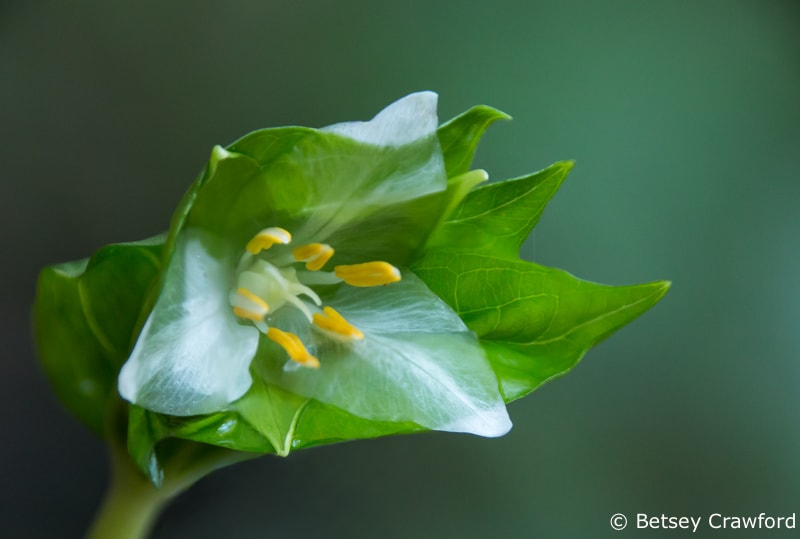
The earliest angiosperms, over 100 million years ago, are thought to have been white, cream, or pale green. Since Darwin, people have said that the more vivid colors evolved to attract pollinators, whose vision long predated the flowers.
That appears to be true. Or at least, there’s no strong body of evidence saying it’s not true. But there’s no strong body of empirical evidence saying it is true. Empirical evidence implies that we can see something happen in real time. But it’s hard to see an evolutionary process in our brief lifespan.
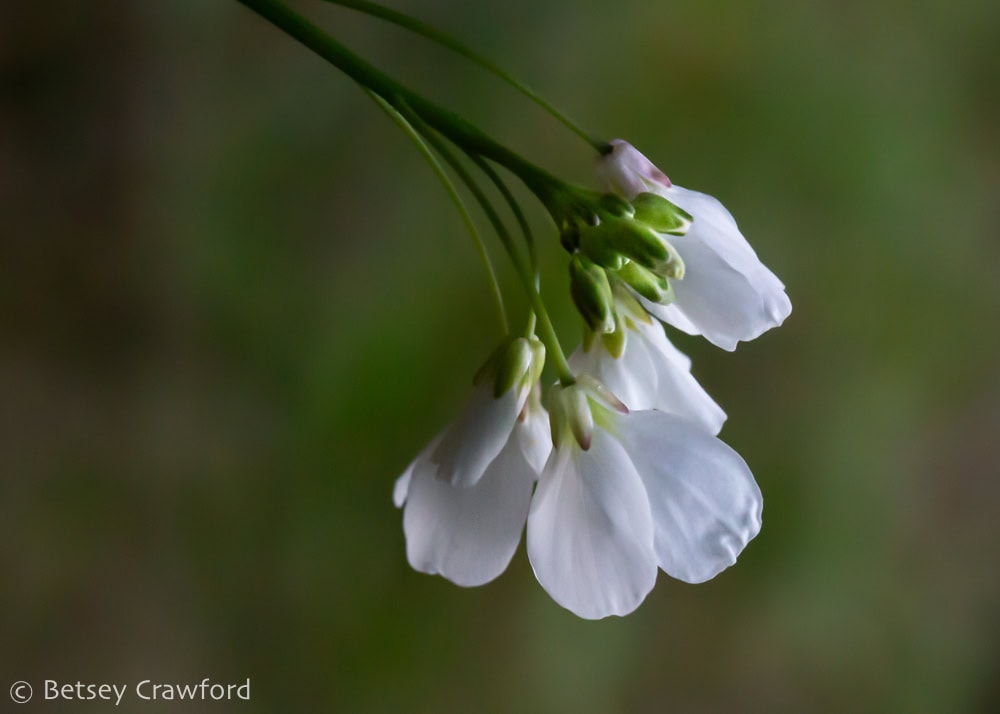
There are studies that show, for example, flowers becoming redder in as little as a single generation as more hummingbirds pollinate them. Further studies show that when given choices, pollinators will choose colorful over white flowers. That may simply be because the colorful ones stand out more vividly against green foliage.
Finding flowers efficiently is crucial to the success of both flower and pollinator. So, the easier it is to see the flower, the better. Strong relationships between pollinators and specific colors are a boon. It means that those pollinators will bring matching pollen from one flower to fertilize another of the same species.
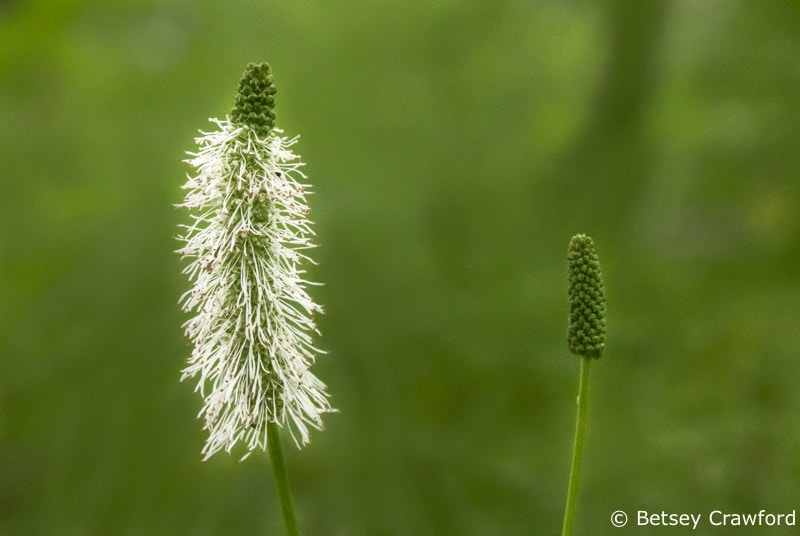
So, we know that pollinators have an intimate relationship with flower color. Or, more accurately, with the color’s wavelength, since the purple we see is not what the pollinator sees. But, with the explosion of genetic information in recent years, there’s also a growing appreciation for other factors. Especially in how white flowers have evolved.
Flowers in the blue to purple to red range use anthocyanins to create their color. These are the chemicals that make foods like grapes and raspberries so good for us. If the dominant anthocyanin is delphinidin, the flower is purple; if pelargonidin, red; if cyanidin, magenta to lavender. Other flavonoids, such as astaxanthins and carotenoids, create yellows and oranges.

Mutations can alter the expression of specific enzymes and protein pathways. So, the amount of these color-inducing chemicals can vary, changing the color of the flower. Mutations may also cause the pathways to stop working altogether.
The resulting loss of function can return the flower to its primordial white, a state likely to be irreversible. It would take a series of very specific mutations for those particular pathways to work again.

There is a widely accepted division of flower/pollinator relationships. Bees prefer flowers in the blue range, while hummingbirds gravitate to red, butterflies to pink, moths and beetles to white. Studies back up these general preferences. But there’s a lot of variation. If bees weren’t interested in pollinating white flowers, we wouldn’t have almonds, apples, plums, or other fruits in the Rosaceae family.
Thus, other factors are apparently important. Among them are scent, availability, abundance, learned behavior, and competition. Evolution has favored matching plant shapes to pollinator characteristics. Thus, a long-beaked hummingbird’s preference for tubular flowers.
It may be that the subtle pinks that make white apple blossoms so poignantly beautiful to us are neon signs to bees. More mysteries. As every study says, “More research is needed.”

I find all this fascinating and am also resistant. Those gorgeous hues I love so much? Are they really the result of “the number of hydroxyl groups attached to the B-ring of the molecule?” Are tender, luminous whites really caused by the functional failure of these groups? Reducing something as magical as color to the action or loss of enzyme and protein pathways seems like a comedown.
Yet, my seeing and treasuring these colors is possible only because my body relies on similar pathways. Which brings another mysterious dimension forward. The lovely idea that flowers and I share biological functions and genes, and, in sharing them, share each other.
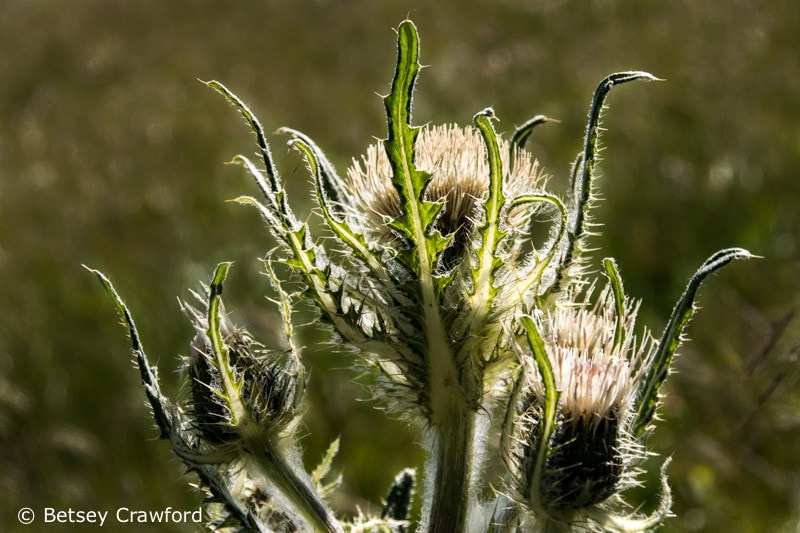
Neither flowers nor I would be here without the biology and genetics we have in common. Or without a strong connection to pollinating animals and insects. Their interdependence produces the fruits and vegetables that nourish the entire breathing world.
Flowers depend on these friendly forces, which can include me, for reproduction. We all depend on the work of a vast array of microbes and fungi from the soil at our feet. We depend on the movement of air currents, the hydrology of water, the minerals released from rocks.
Sitting among flowers on a forest path, a sandy desert floor, or in a meadow, we’re held in a vast array of interlinking pathways. These are beating our hearts, feeding our cells. Moving water, air, nutrients. Creating color, vision, scent. All mysteriously designed to keep every one of us — flower, leaf, dirt, human, bee, bird, beetle — alive and blossoming.

More beautiful white flowers can be found in the gallery Luminous Whites.
~ RELATED POSTS ~

Every living thing on our planet depends on webs that can communicate, transport, find their way. That can overcome problems. negotiate with other beings, sort through options. That know what is happening over their vast networks.
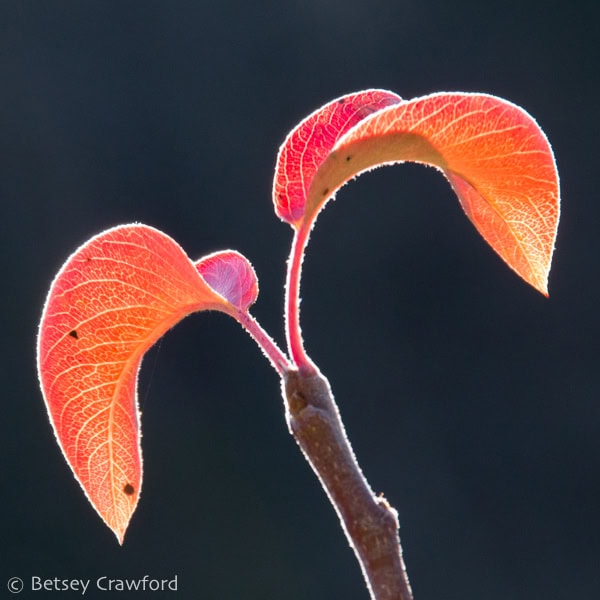
Once, on an October hillside, I celebrated the ancient Celtic rites of Samhain. The place where I was had helped lead me through a door to my place in the whole. It was fitting to celebrate a time sacred to the ground we stood on.
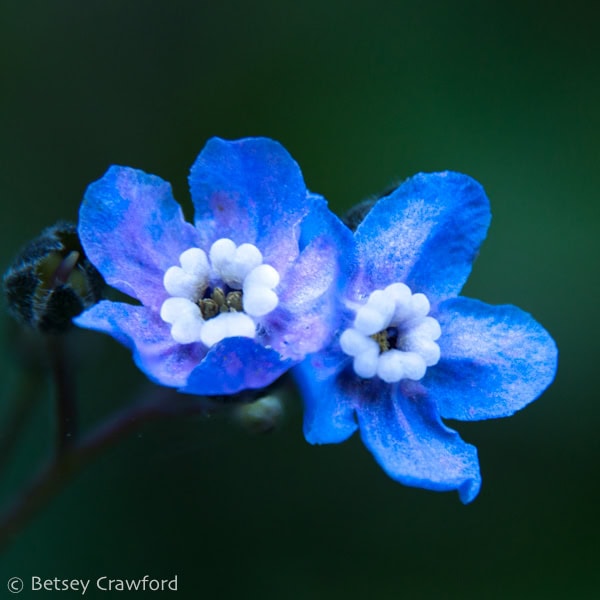
Pure blue is the rarest of flower colors. There are fascinating reasons we can fathom for this, but in the end it remains a wonderful mystery. A reminder that there is more to life than we yet know, and may ever know.
So insightful and totally supports the Oneness of all Life. Thank you for the science and the beauty you bring forth in your writing. I’m grateful! XO
Thank you so much, Deborah. Love all these amazing connections, supporting, as you say, the oneness of life.
I love how you link us to whatever aspect of nature you’re writing about — in this case the functioning of the enzymes and pathways. Of course, we’re part of nature, too, but many of us seem to forget that all too often. We’re all functioning in one major pathway together — and thanks for the reminders of this. ????????????
Thank you, Annie. Making these links is my favorite thing to do!
This is all so fun and fascinating! I’m with you on the comedown of too much scientific knowledge getting in the way of appreciating simple inherent beauty. What came to mind as I was reading this was the term I’ve heard used in the cultivated natural world: moon garden, full of white flowers. Being a huge color freak myself, I’ve never planted one, but I imagine one on a full moon night and it would seem to be alive and even a bit spooky! Happy Halloween!
Though I do love white flowers, I’ve never planted an all white garden, either for me or for a client, though I’ve seen some. But never by moonlight, which must be magical. Happy Halloween to you!
So, so beautiful- the photos and the link everything has to each other!
Thank you so much, Marcia. I love all our links!
The Magic of Life, how wonderful and fascinating!
I so agree!